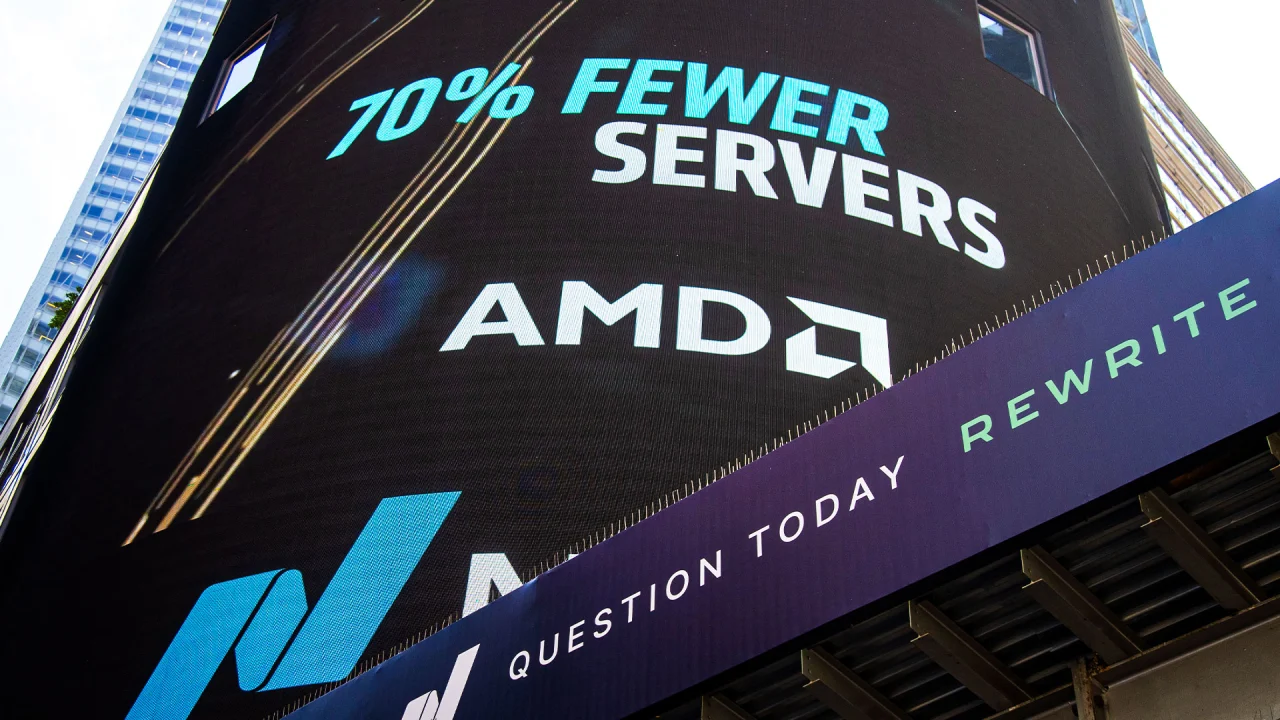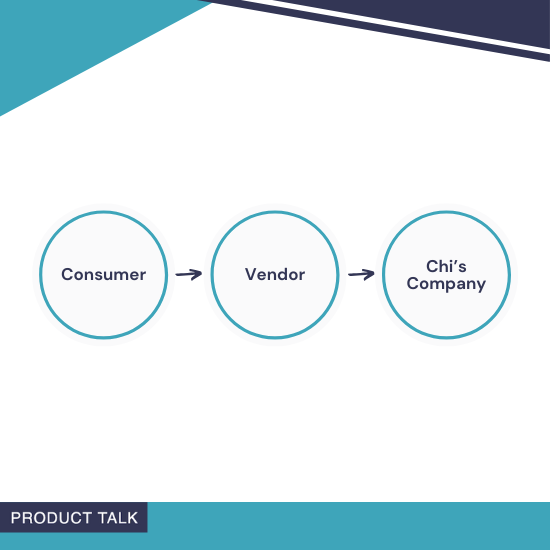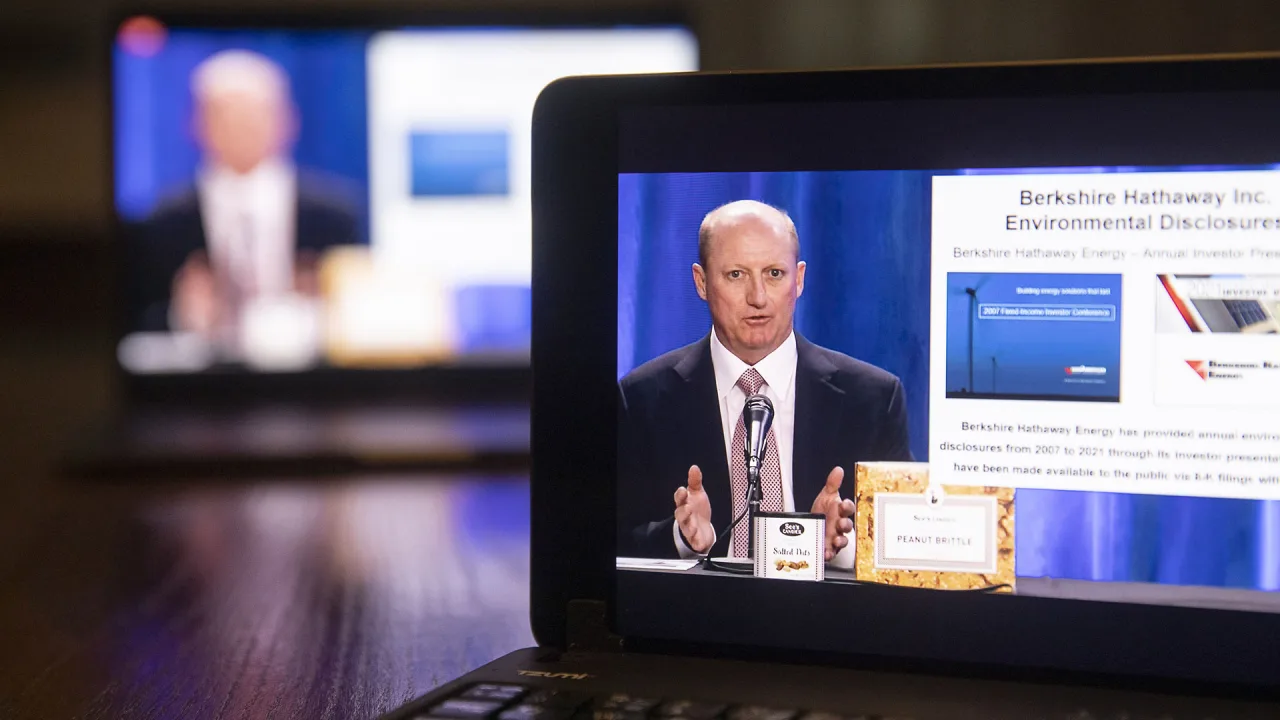Elon Musk’s DOGE is launching a new AI retirement system. It was built mostly under Biden
Elon Musk’s Department of Government Efficiency (DOGE) has spent its first 100 days slashing government programs and firing employees. Yet Musk views DOGE not just as a downsizing force, but also as a team of technologically elite shock troops tasked with rapidly modernizing outdated government systems. One of DOGE’s primary targets on that front is the Office of Personnel Management’s antiquated retirement application system, which still relies on paper forms and manual processing. The system handles retirement applications and manages benefits for former federal employees and their families, coordinating closely with agency HR teams and payroll centers. DOGE and its allies inside the Office of Personnel Management (OPM) say they’ve now built and tested a fully digital, AI-enhanced replacement system, which they plan to launch across federal agencies on June 2. But the plans rely heavily on a product built during the Biden administration called the Online Retirement Application (ORA) system, say two former OPM employees who recently left the agency. A leaked planning document shared with Fast Company shows the ORA pilot launched in 2023 with a handful of agency HR and payroll offices, serving “a few hundred” retirees. The plan under Biden was to roll out the ORA system government-wide in 2025. The first source, who worked on retirement systems at OPM and spoke to Fast Company on the condition of anonymity, says that ORA is still just a prototype, and not built to support tens of thousands of real retirees. Yet one of the first actions OPM took when Trump came into office was to interrupt the development of ORA. “They reduced support contracts and added a team of DOGE developers,” adds the second source, who until recently worked at OPM and also spoke on the condition of anonymity. “There is now a ‘war room’ to accelerate the work.” DOGE has kept its version of the ORA system largely under wraps. It remains unclear whether the team changed the original system’s architecture or user experience, or how the system’s AI components were developed, trained, or integrated. A White House official told Fox News that the AI met Federal Risk and Authorization Management Program (FedRAMP) requirements for securing and monitoring cloud-based services used by government agencies. (Neither DOGE nor OPM responded to Fast Company’s requests for comment.) The first ex-OPM source fears that DOGE, without fully understanding the federal retirement workflow, will simply roll out the ORA system as is. “I think instead of testing it with some Department of Interior retirees, they’re just slapping the system into being a requirement,” the source says. This would put the onus entirely on all retiring federal employees to correctly input their data and documents into the system without help from their agency HR department, according to the source. Few dispute the need for modernization. The current system processes around 100,000 retirement applications annually—in a literal underground mine in Boyers, Pennsylvania. The paper-based workflow is infamously slow and prone to error, often causing months-long delays that can be devastating for retirees who depend on timely benefits. While DOGE cites a Trump executive order from February 11 as the mandate behind its work, the OPM’s original ORA and digital records systems were responses to a 2021 Biden executive order aimed at modernizing federal technology. To spearhead the retirement-focused effort, Musk reportedly tapped Airbnb cofounder Joe Gebbia, a close friend and fellow Trump supporter. Gebbia joined DOGE in late February, vowing to apply his “designer brain and startup spirit” to build a paperless solution. Since then, a team of DOGE agents has been working out of a command center at OPM, collaborating with Retirement Services personnel and select staff. OPM acting director Charles Ezell said in a May 7 memo that the new system had already processed 25 retirement claims without generating paper—a claim that Gebbia then echoed on X. Notably, Ezell referred to the system in the memo as the ORA, the system built under Biden. Some experts suspect DOGE’s version is little more than a minimum viable product (MVP)—a rough prototype meant to demonstrate potential. Former U.S. Digital Service engineer Kate Green notes that MVPs often depend on manual work-arounds and aren’t ready for large-scale use. “These MVPs often have manual steps or work-arounds for difficult parts of the app, and future development eliminates these steps to create something fully automated,” she tells Fast Company. The second ex-OPM source says DOGE may be emphasizing flashy features—like ditching paper—while ignoring the real pain points, such as retirement applications with missing documents, missing signatures, or errors. “Personally,” the source says, “I think they are focusing just on paper because it seems like an easy win.”

Elon Musk’s Department of Government Efficiency (DOGE) has spent its first 100 days slashing government programs and firing employees. Yet Musk views DOGE not just as a downsizing force, but also as a team of technologically elite shock troops tasked with rapidly modernizing outdated government systems.
One of DOGE’s primary targets on that front is the Office of Personnel Management’s antiquated retirement application system, which still relies on paper forms and manual processing. The system handles retirement applications and manages benefits for former federal employees and their families, coordinating closely with agency HR teams and payroll centers. DOGE and its allies inside the Office of Personnel Management (OPM) say they’ve now built and tested a fully digital, AI-enhanced replacement system, which they plan to launch across federal agencies on June 2.
But the plans rely heavily on a product built during the Biden administration called the Online Retirement Application (ORA) system, say two former OPM employees who recently left the agency.
A leaked planning document shared with Fast Company shows the ORA pilot launched in 2023 with a handful of agency HR and payroll offices, serving “a few hundred” retirees. The plan under Biden was to roll out the ORA system government-wide in 2025.
The first source, who worked on retirement systems at OPM and spoke to Fast Company on the condition of anonymity, says that ORA is still just a prototype, and not built to support tens of thousands of real retirees. Yet one of the first actions OPM took when Trump came into office was to interrupt the development of ORA.
“They reduced support contracts and added a team of DOGE developers,” adds the second source, who until recently worked at OPM and also spoke on the condition of anonymity. “There is now a ‘war room’ to accelerate the work.”
DOGE has kept its version of the ORA system largely under wraps. It remains unclear whether the team changed the original system’s architecture or user experience, or how the system’s AI components were developed, trained, or integrated. A White House official told Fox News that the AI met Federal Risk and Authorization Management Program (FedRAMP) requirements for securing and monitoring cloud-based services used by government agencies. (Neither DOGE nor OPM responded to Fast Company’s requests for comment.)
The first ex-OPM source fears that DOGE, without fully understanding the federal retirement workflow, will simply roll out the ORA system as is. “I think instead of testing it with some Department of Interior retirees, they’re just slapping the system into being a requirement,” the source says. This would put the onus entirely on all retiring federal employees to correctly input their data and documents into the system without help from their agency HR department, according to the source.
Few dispute the need for modernization. The current system processes around 100,000 retirement applications annually—in a literal underground mine in Boyers, Pennsylvania. The paper-based workflow is infamously slow and prone to error, often causing months-long delays that can be devastating for retirees who depend on timely benefits. While DOGE cites a Trump executive order from February 11 as the mandate behind its work, the OPM’s original ORA and digital records systems were responses to a 2021 Biden executive order aimed at modernizing federal technology.
To spearhead the retirement-focused effort, Musk reportedly tapped Airbnb cofounder Joe Gebbia, a close friend and fellow Trump supporter. Gebbia joined DOGE in late February, vowing to apply his “designer brain and startup spirit” to build a paperless solution.
Since then, a team of DOGE agents has been working out of a command center at OPM, collaborating with Retirement Services personnel and select staff. OPM acting director Charles Ezell said in a May 7 memo that the new system had already processed 25 retirement claims without generating paper—a claim that Gebbia then echoed on X. Notably, Ezell referred to the system in the memo as the ORA, the system built under Biden.
Some experts suspect DOGE’s version is little more than a minimum viable product (MVP)—a rough prototype meant to demonstrate potential. Former U.S. Digital Service engineer Kate Green notes that MVPs often depend on manual work-arounds and aren’t ready for large-scale use. “These MVPs often have manual steps or work-arounds for difficult parts of the app, and future development eliminates these steps to create something fully automated,” she tells Fast Company.
The second ex-OPM source says DOGE may be emphasizing flashy features—like ditching paper—while ignoring the real pain points, such as retirement applications with missing documents, missing signatures, or errors. “Personally,” the source says, “I think they are focusing just on paper because it seems like an easy win.”






























































































































![Are AI Chatbots Replacing Search Engines? AI vs Google [New Research]](https://www.orbitmedia.com/wp-content/uploads/2025/05/How-often-are-we-using-AI-chatbots_.webp)






































